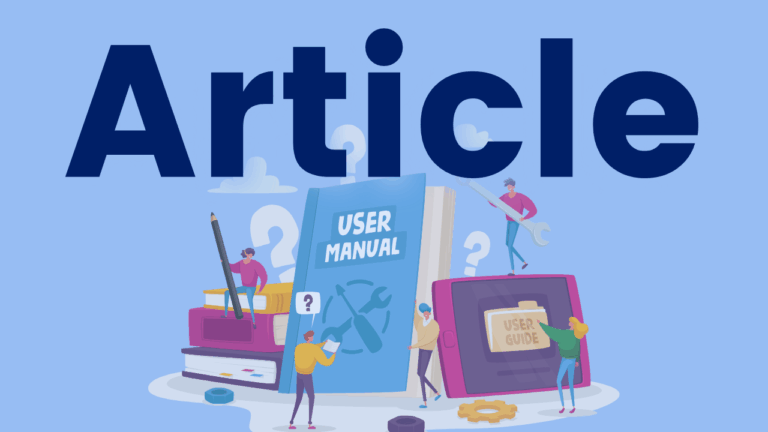Evidence-Based Vocabulary Instruction for English Learners
In this International Dyslexia Association Perspectives article, author Elsa Cárdenas-Hagan highlights considerations for multi-lingual learners around vocabulary instruction and provides evidence-based instructional practices to support their progress. The article explains the need for morphological instruction and support for middle school students and outlines special considerations for language development for multi-lingual learners.


